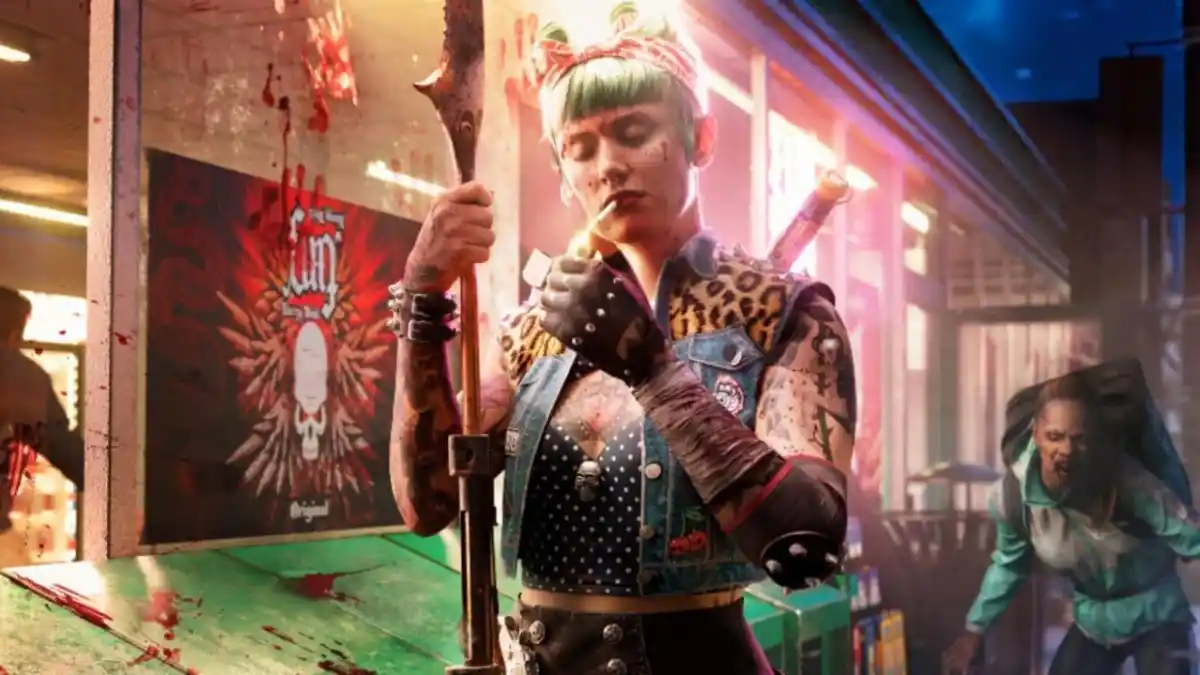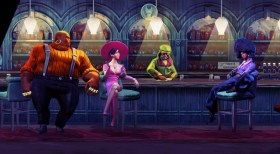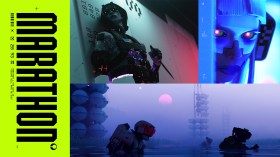The opportunity to play a preview build of Dead Island 2 caught me at a good time. After finishing up with games with dense narratives and brain-draining systems, it was cathartic to have my only worries be to go from point A to B, and bash my way through every braindead monster standing in my way..
5 hours, 9 main missions, and 3 side quests later, Dead Island 2 feels like a good, guilty, gory pleasure. A game where the missions aren’t particularly complex or demanding (so far), and they don’t have to be. I can just focus on hitting zombies really hard with a pole, watching their disgusting bodies and limbs get torn apart.
Morbid as that might be, the sheer fidelity of the world and its primary population are certainly the clear attractions of Dead Island 2, so far. Developer Dambuster Studios purports that each and every zombie in the game is actually fabricated from layers consisting of bone, blood, and flesh, and that every strike, slash, and burn they receive will rip and tear apart the layers in a gruesomely believable way.
It’s certainly noticeable. A well-placed swing of a bladed weapon can instantly lop off a zombie’s leg and stop it from leaping at you (which really is quite a sound strategy). Multiple blows to the head of a zombie with a golf club will quickly cave in its skull, revealing the grotesque goop underneath. Utilising the game’s elemental and environment effects to send an electric current through a puddle, or set your pursuers on fire, will see their skin burn and char to a crisp – making them even more terrifying as they use their last ounces of energy to claw at you.
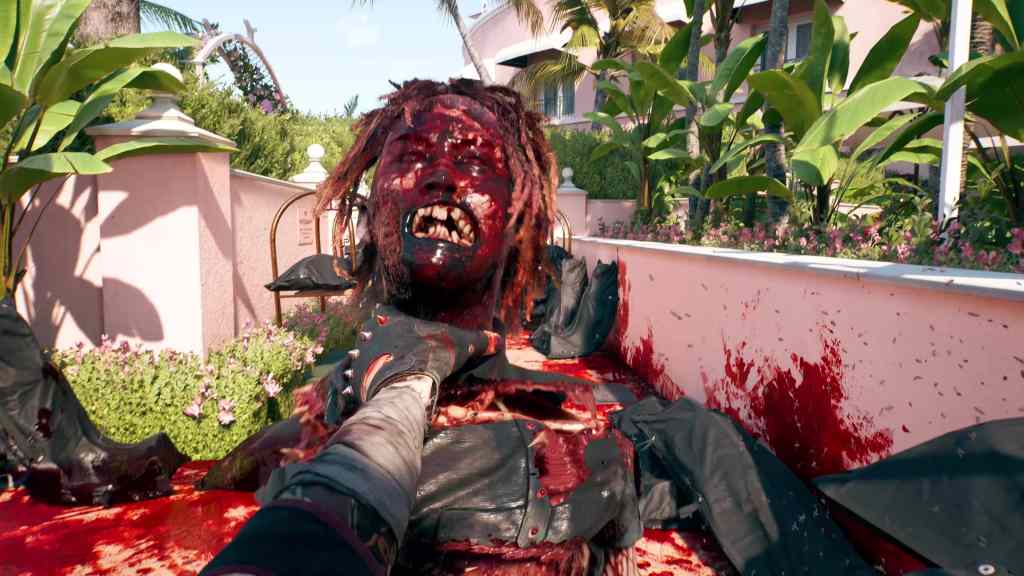
The melee-focussed combat continues to feel good too, something that’s remained consistent since our first hands-on experience with Dead Island 2. Given the large variety of tools available, there’s some nuance between them all.
They’re all categorised into a number of different weapon types, such as ‘headhunter’ which rewards targeted blows to zombie heads with more damage, and ‘frenzy’, which is typically found on lightweight weapons, allowing you to essentially stun-lock enemies as you go to town. One big new enemy type introduced in the first few hours is a bruiser-type zombie, who leaps and creates shockwaves on the ground that can knock you over, forcing you to jump – an ability you eventually get to use for yourself. These are simple mixups, but mixups nonetheless, which keep those early hours flowing.
There’s also a mildly satisfying counterattack system, whereby dodging or blocking (you can only choose one, though you can swap at any time) at the last second will stagger a zombie, allowing you to pull it into a hold state, letting you execute high-damage attacks and takedowns. It’s sometimes tough to tell when you’ve been successful – it feels like there needs to be a more distinct feedback effect – but it’s entertaining to rely on, regardless.
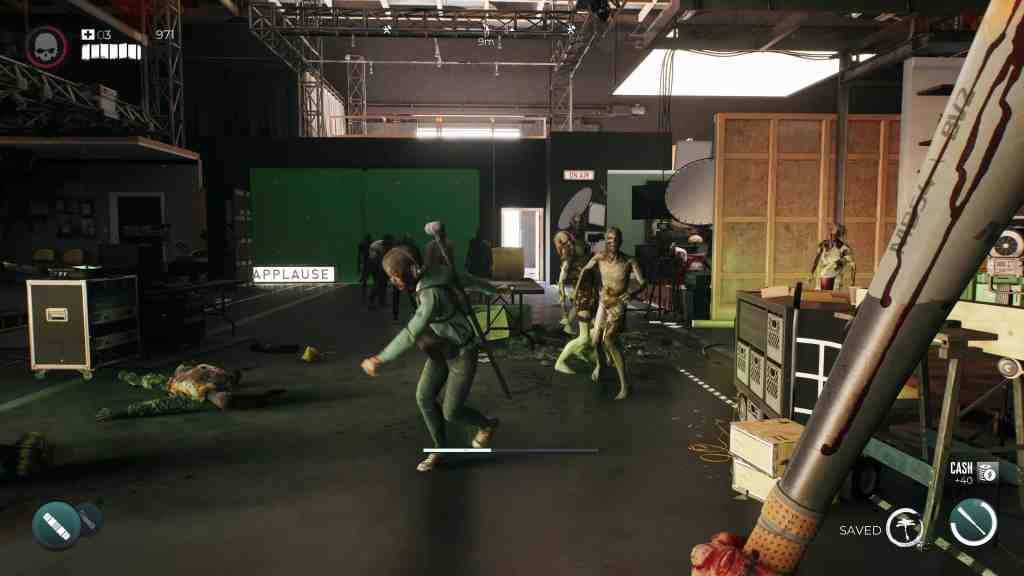
Each weapon has the capacity to be modified, upgraded, and altered to deal greater damage and inflict unique status effects, as part of the now increasingly common trend of turning every weapon into an RPG-style item with a damage number affixed to it. Weapons will degrade with use (which is almost always a great idea, if you ask me) so it’s advantageous to carry a few of your preferred weapons and make sure they’re up to scratch – though floundering and improvising is always giddying, too.
Even as someone who likes to turn damage numbers off, it felt easy enough to just hold onto weapons I liked the look and feel of, and simply press a button to make sure they were at a powerful enough level for the enemies I would face imminently.
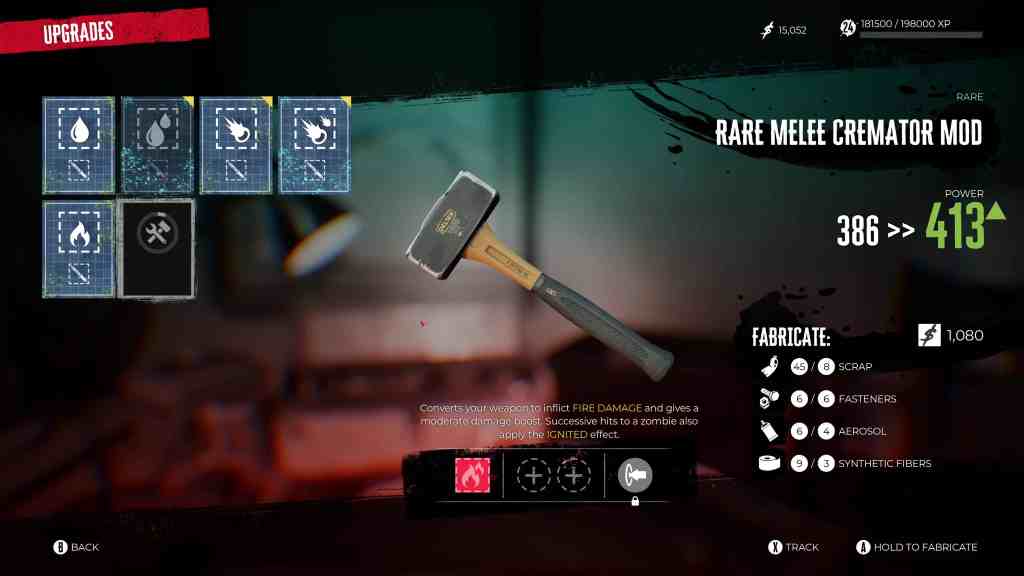
In a game where the broader details of exactly what you’re doing and why aren’t extremely relevant, it’s nice to have striking elements to fixate on while you’re in the moment. Every small combat encounter is tense, gross, and satisfying to struggle through, and outside of that, the myriad of environmental details in the game’s small, explorable neighbourhood playgrounds – strung together to give the sense of a much larger world – are interesting enough to draw me in.
In terms of the wider worldbuilding elements of Dead Island 2’s, the game’s approach to plot and characters attempt to paint a picture of California and Los Angeles culture that is exacerbated and turned inward by the post-apocalypse. Marketing itself as ‘punk’ with a few too many attempts to make ‘HELL-A’ (pronounced like ‘L.A.’, only with ‘Hell suffixed onto it’) cool, it’s perhaps easiest to compare it to the goofy parts of Far Cry turned up to 11, a game which itself took the goofy parts of Grand Theft Auto and turned them up to 11.
Larger-than-life actors, personal assistants, washed-up rockers, and online influencers make up some of the bigger supporting characters at the beginning of the game. They’re meant to be parodies and obnoxious archetypes, which is something that can either be hilarious or deeply grating, depending on your taste. I’m of the latter camp, unfortunately, but for the first five hours of Dead Island 2, I was largely fine with putting up with it, because the action was well-paced enough that I could usually take out my annoyance by hitting walking corpses with a crowbar, and drop-kicking them through a glass window.
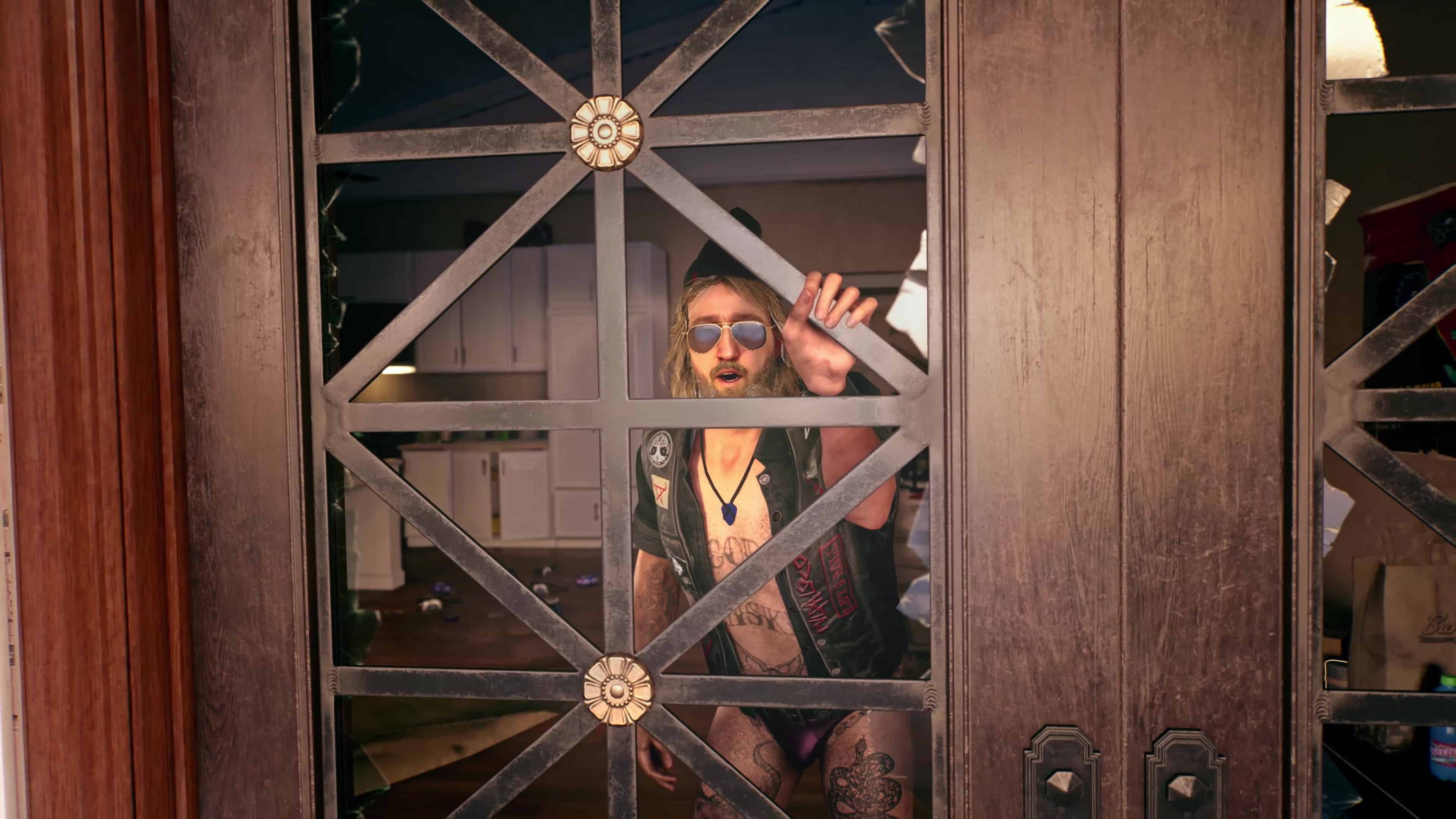
Your choice of protagonist definitely feeds into this experience. Each of the 6 possible protagonists allows for unique and inherent combat benefits, but also a distinct personality. It’s pretty important that you gel with whichever character you pick, not just in their combat style, but also in their overall vibe, because they all talk a lot. Dead Island 2 has plenty of conversations, plenty of idle chatter, and plenty of stream-of-consciousness narration.
I landed on two characters that I enjoyed embodying – the first was Amy, a fast and agile Paralympian equipped with a running blade on one leg, who seemed to have the most level-headed and self-assured demeanour. The other was Dani, an Irish-born roller derby rockabilly who was not as much of a caricature as I expected her to be, and had an amicable approach to casual swearing.
I’m thankful that was the case, as Dani seemed to have the best inherent passive abilities by miles – she deals area-of-effect damage with her heavy attacks, and gains health when killing multiple zombies in quick succession. But simply having a choice is a godsend, really – I’m not sure how long I could’ve stuck around if I had been forced to play as some of the others.
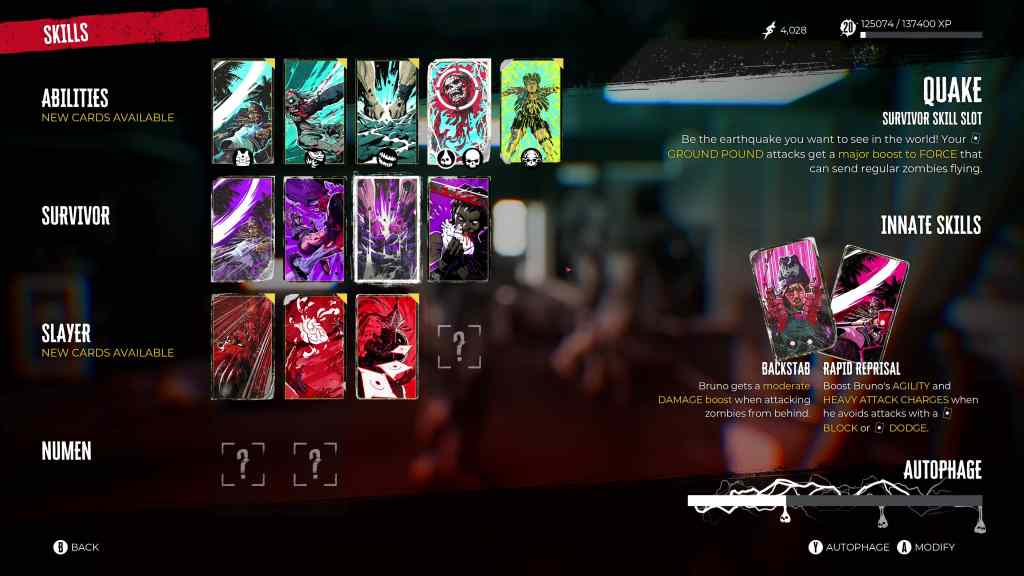
Overall, I found some bloody joy in strolling through the first few hours of Dead Island 2. I can see myself returning to the game as a bit of light but satisfying stress relief – the equivalent of a popcorn film. I know from the first preview that there are a series of more interesting zombie types to diversify combat encounters further into the narrative, as well as some truly grotesque boss characters, so that’s something to look forward to.
Dead Island 2 feels like a huge, oversized cocktail of things so far, but there’s definitely a lot to find satisfaction in. How that will play out over a prolonged period is something to keep an eye on, especially when the plot hasn’t quite got that immediate hook.
Dead Island 2 is due for release on 21 April 2023 on PC, PlayStation 4, PlayStation 5, Xbox One, and Xbox Series X/S.
GamesHub has affiliate partnerships. These do not influence editorial content. GamesHub may earn a small percentage of commission for products purchased via affiliate links.
